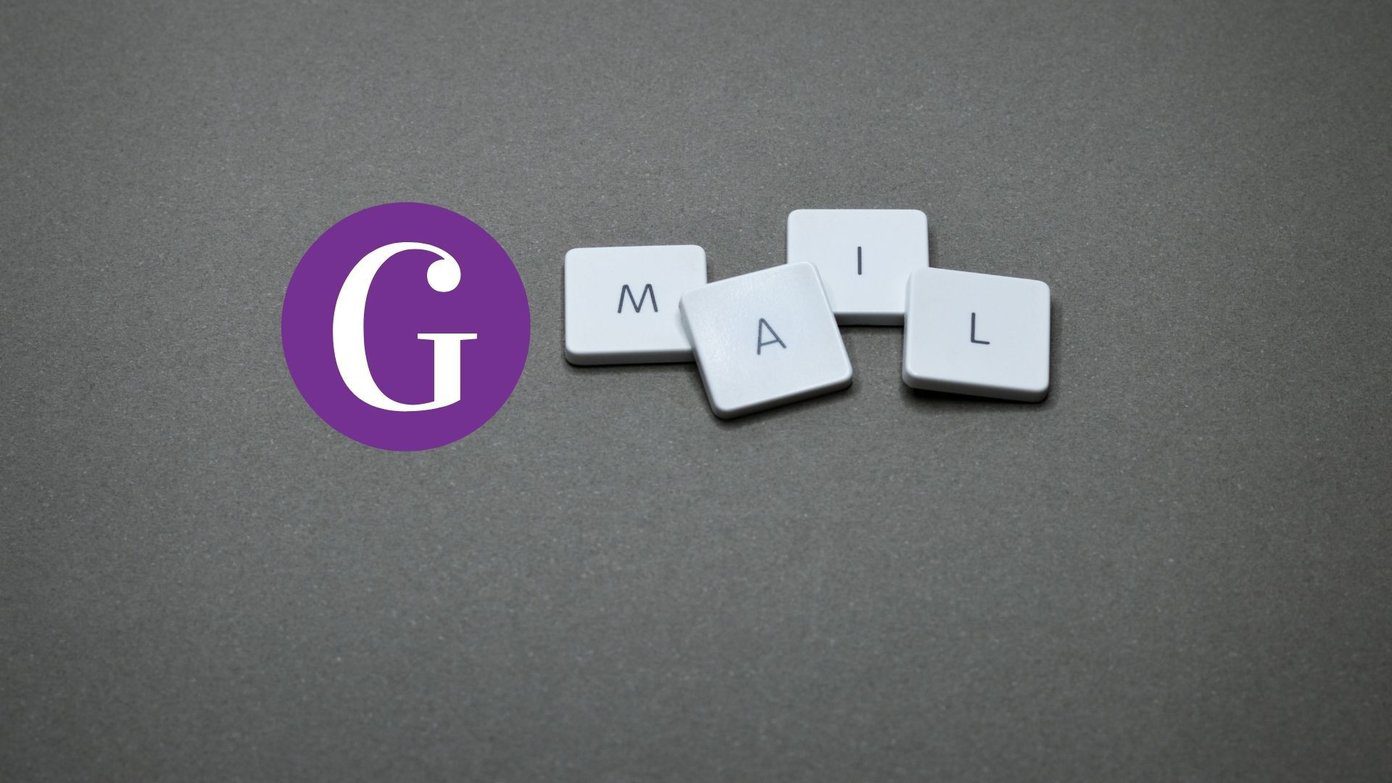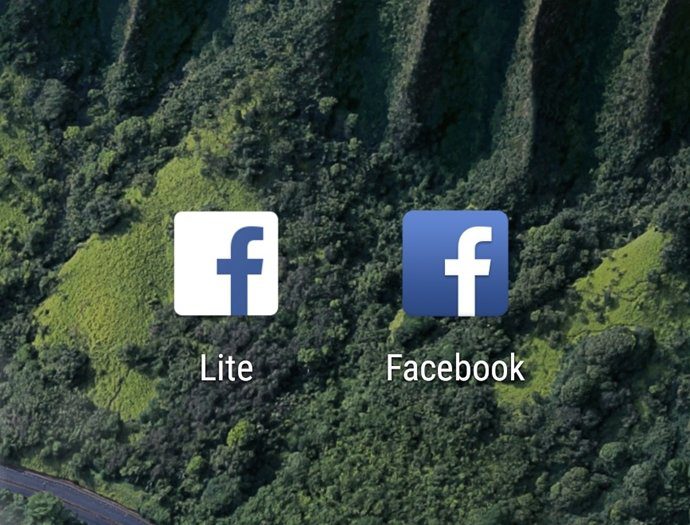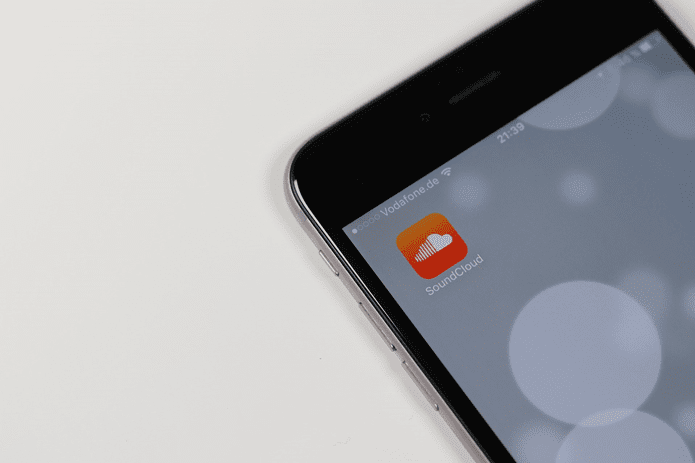introduction of iCloud and its incorporation into several core functions of some native Mac applications. Now, while this inclusion of iCloud into Mac OS X comes with a few pros and cons, the ability to keep things in sync in real-time can definitely be a lifesaver. This time, though, we’ll share with you some neat iCloud tips to for you to either take full advantage of it or to get rid of it in some scenarios if you so choose. Here you go.
1. Change the Default Save Location In TextEdit From iCloud to Your Mac
TextEdit on the Mac is a really nice little application that can do a lot more than what Mac users usually give it credit for. However, while before iCloud this app used to behave like any other when saving your documents, once iCloud arrived it became the default location for saving files created with TextEdit. If you are one of those old-fashioned users who, like me, would prefer to just keep your documents on your Mac by default then all you have to do is open the Terminal app and enter this command: defaults write NSGlobalDomain NSDocumentSaveNewDocumentsToCloud -bool false Now, whenever you save a document for the first time in TextEdit, you will be shown the option to save it on your Mac by default. And if you want to revert this option to go back to iCloud as you default saving location for TextEdit docs, just use the same Terminal command shown above, but replace the word “false” for “true” instead.
2. Have All Your Notes in Sync With iCloud Across All Your Devices
Honestly speaking (writing?), while I am quite adept in storing my contacts, calendar events and other important information on my Mac, I never was a big fan of using the notepad on it. This was mainly because I usually need my notes when on the road, so having them stuck on my Mac was just not ideal for me. This all changed with iCloud though, and syncing notes between your Mac (or Macs) and any of your iOS devices is just painless thanks to it once you set it up. To do this, on your Mac open the Preferences panel and click on iCloud. There, log in with your Apple ID and then make sure to check the Notes app (as shown below) for it to sync via iCloud Then, on your iPhone, has to Settings and tap on iCloud. There, look for Notes and make sure that it has iCloud enabled. And don’t forget: Your iPhone’s iCloud ID has to be the same as the one on your Mac for this to work.
3. Turn iCloud Into Dropbox
While for a lot of us iCloud is ok as it is right now, there is some truth in the fact that it is way too restricted due to Apple’s policies. If you are of the same mind, fear not, there are a couple of ways in which you can take full advantage of iCloud in non-traditional ways by turning it into a Dropbox-like service, either on your own or by using a third party app. Do you rely on iCloud a lot? How does it work for you? Let us know about that (and also if you find the tips above useful) in the comments below. The above article may contain affiliate links which help support Guiding Tech. However, it does not affect our editorial integrity. The content remains unbiased and authentic.














